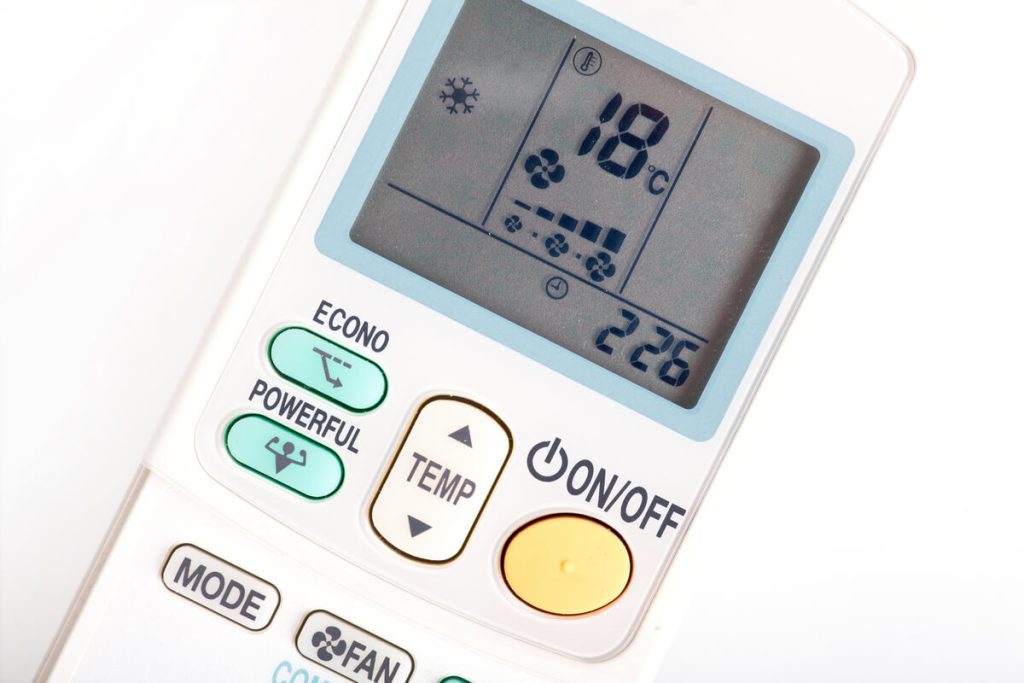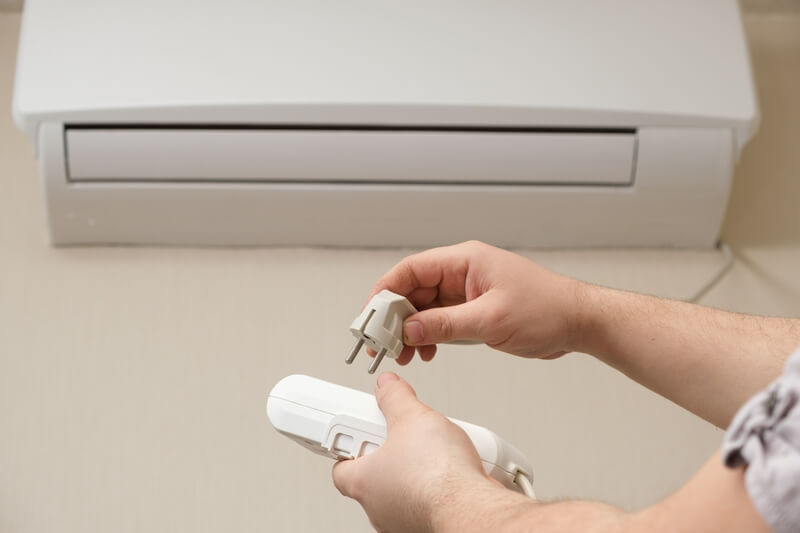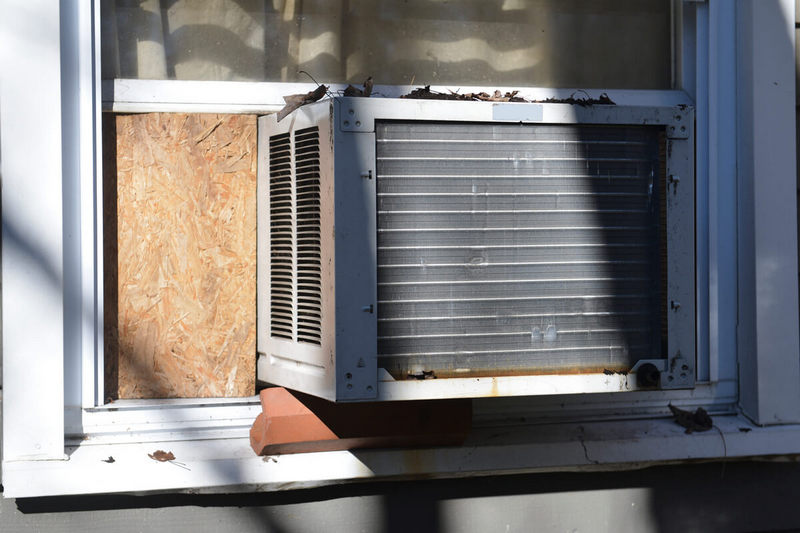While portable AC units can provide a convenient solution for cooling your home, it’s important to understand how to drain your portable air conditioner.
Each portable unit should come with a water reservoir that holds any drainage. Let’s go over a few easy ways you can consider doing to drain the water.
Do portable air conditioners need to be drained?
In short, yes, portable air conditioners do need to be drained on a regular basis. The way portable air conditioners work is by taking water out of the air in your home. This creates a condensation effect around the portable unit.
Even though some of the drainage water collected will be partially evaporative, water can still build up if it is not drained. When the condensation builds up without proper draining, water can overflow and leak out of the unit.
Have you ever wondered how often you should be draining your portable air conditioner? Well, it all comes down to the humidity levels in your area.
If you’re living in a hot and humid environment, your air conditioner will have to work extra hard to remove moisture from the air, which means more frequent draining is necessary. In fact, it’s recommended to drain the unit every 8 hours to prevent water overflow.
If you live in a less humid environment, you may only need to drain your portable air conditioner once every month or two. However, it’s important to keep an eye on the unit regardless of the humidity level to ensure that the water doesn’t accumulate and cause any damage.
Recommend: How to Get Rid of Humidity in Your Garage
How to drain water from a portable AC unit
The good thing about newer models is that they have an automatic shutoff sensor that will turn off your portable unit if it starts to overflow with condensate water. However, you don’t want to rely on the sensor alone.
The first thing you can do is drain the water into a pan. Before you begin to work on your portable air conditioner, remember to always unplug all power going to the unit.
Draining into a pan
When you use a pan, simply take the pan toward the back of the unit where the drainage hub is located. Place the pan under the hub and unplug the drain plug. Remember to prepare yourself because water will begin to flow out almost immediately.
You can use towels to sop up any spilled water around your floor. Once the unit is completely drained, place the drain plug back in its place and connect the power to the unit.
Using the drain hose
You can also use a makeshift drain hose that connects to your unit’s drain plug. You can leave the drain hose connected to the unit if it’s positioned at a downward angle to drain the water. However, it is important to note that not all portable AC units will come with this feature, so it’s crucial to consult the manual.
Make sure to attach the drain hose with a tight water seal to prevent any type of leak. You can purchase a standard drain hose to fit your specific model or buy adapters to complete the fit.

Check this Portable Air Conditioner Drain Hose on Amazon.
Using a condensate pump
Finally, we recommend using a condensate pump, which can remain connected to your unit for added convenience. Moreover, it does not have to be positioned at a certain angle because the pump itself will turn on and push the water outside.
These types of pumps will usually have two hoses, including one connected to the unit and the other to the pump itself leaving the other end open to drain the water outside. The condensate pump is probably the most convenient alternative because it will begin to automatically drain the water collected once it has reached a certain level.








